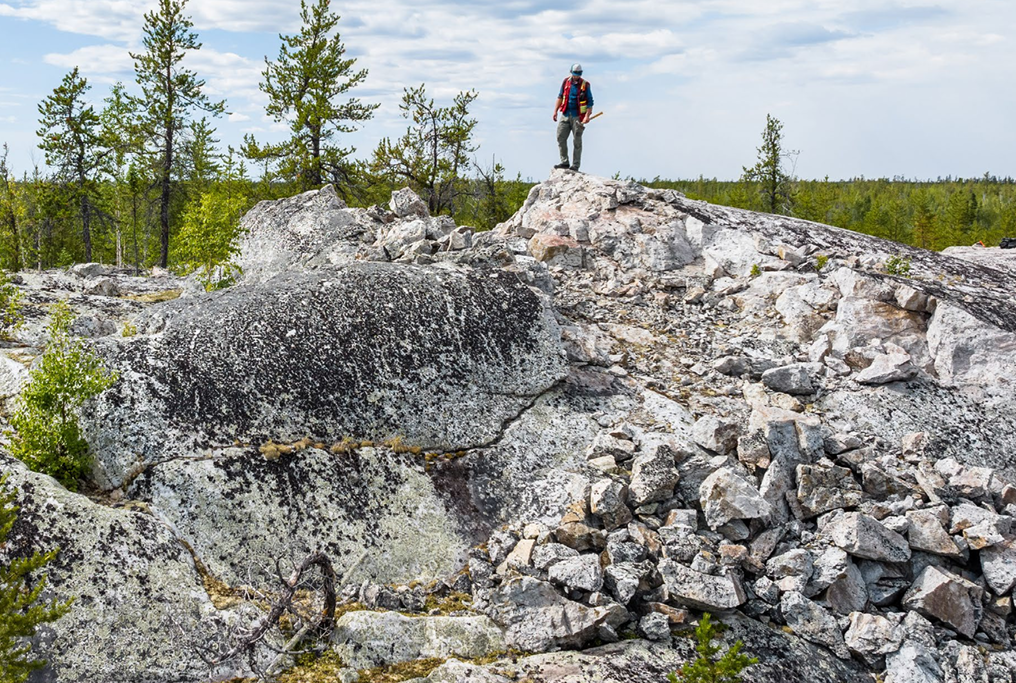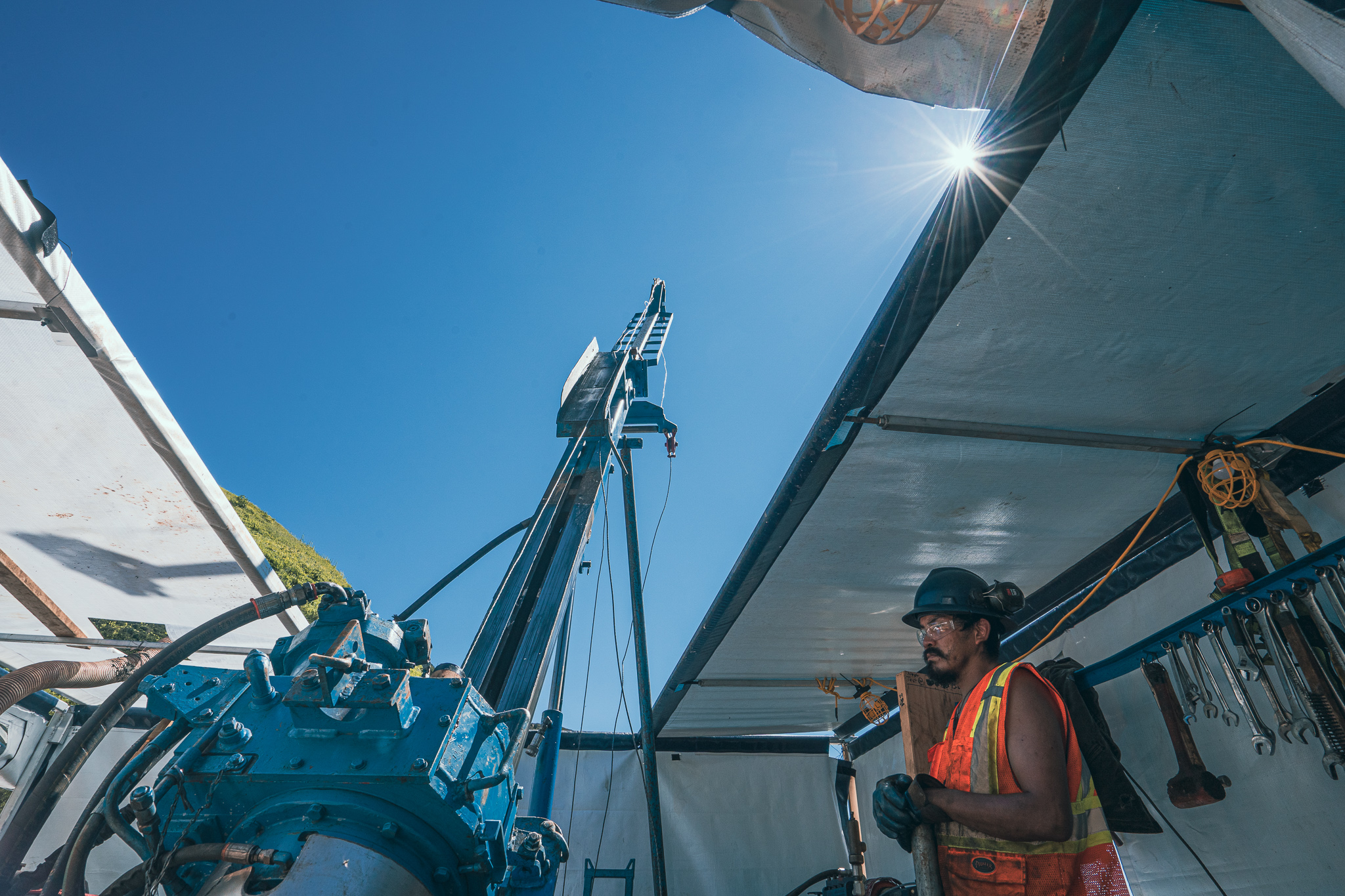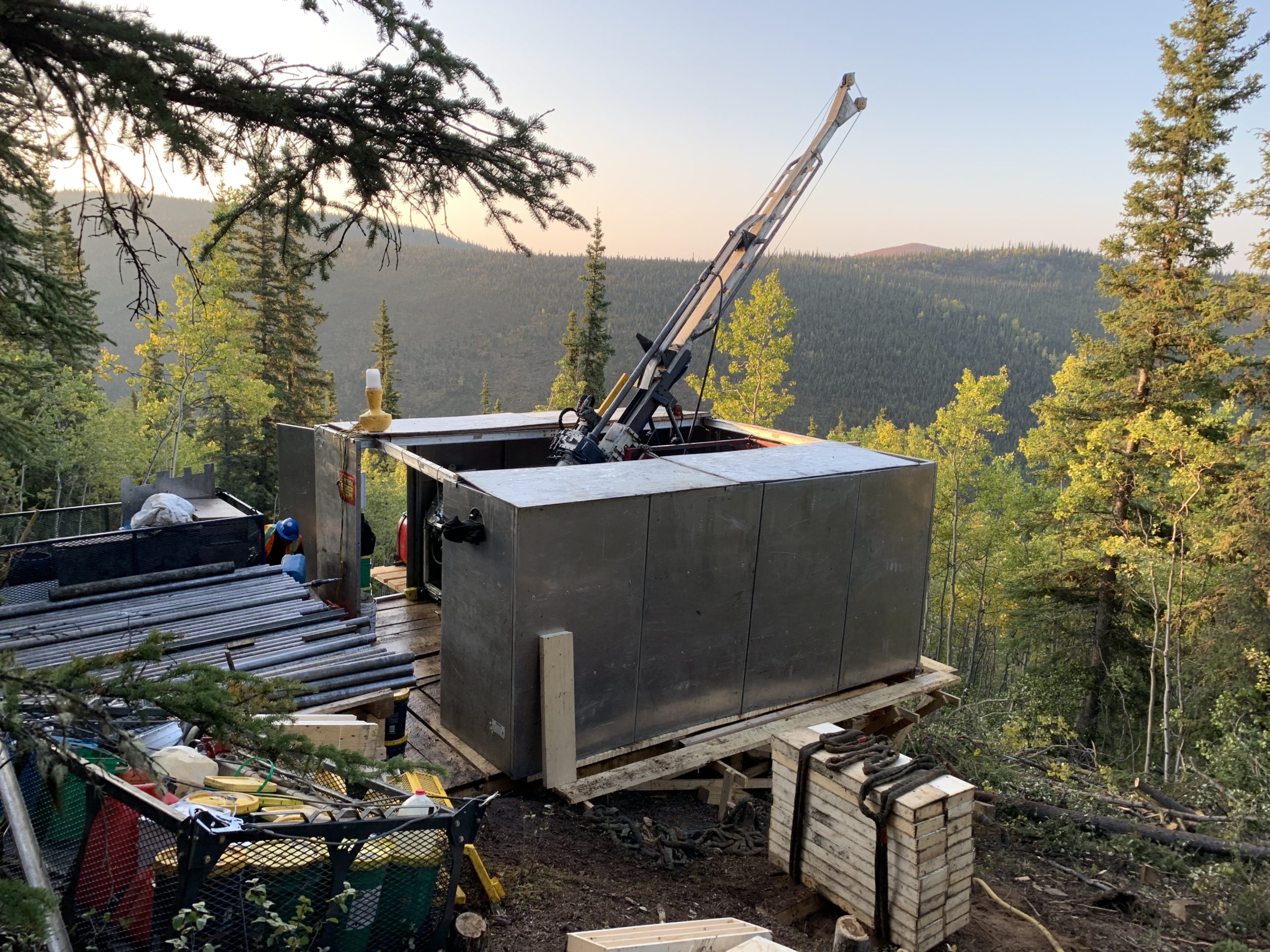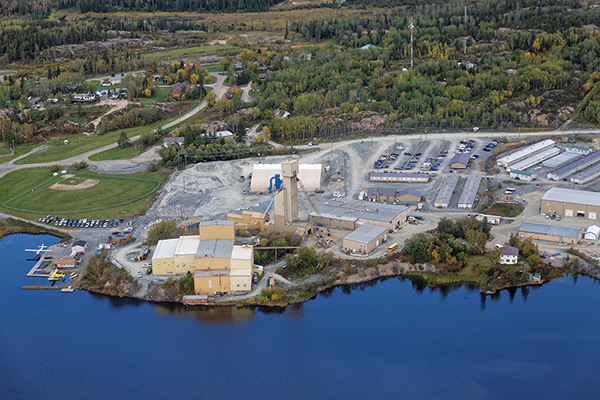Li-FT Power says it has intersected lithium assays as high as 1.56% lithium oxide (Li2O) over 26 metres at the Big East pegmatites within the Yellowknife lithium project in the Northwest Territories. Holes were also drilled in the Echo, Shorty, and Big West pegmatites.
Here are the highlights:
- Big East: 26 metres at 1.56% Li2O and 18 metres at 0.95% Li2O. The Big East pegmatite complex comprises a corridor of parallel-trending dykes and dyke swarms. The main dyke swarm is exposed for at least 1,300 metres of strike length and ranges from 10 to 100 metres wide whereas a smaller swarm, with about 400 metres of along-strike continuity, is stepped out 400 metres to the north-northwest.
- Echo: 10 metres at 1.24% Li2O. The Echo pegmatite complex comprises a north-northwest trending corridor, at least 1,000 metres in length and 450 metres in width, with numerous trend-parallel and oblique dykes. Individual dykes are up to 25 m wide.
- Shorty: 10 metres at 1.00% Li2O. The Shorty pegmatite is one of several dykes occurring within a north-of-northeast striking corridor. Drill intercepts of Shorty show that it in some places it is formed by a single 10 to 25 metre wide dyke whereas elsewhere it comprises two to four dykes with a similar cumulative width spread over 40 to 95 metres of core length. The pegmatite is visible for at least 700 metres on surface and dips 50° to 70° to the west-northwest.
- Big West: 7 metres at 0.50% Li2O. The two holes drilled at the Big West pegmatite complex were the first to test that target. Big West comprises a northeast-trending corridor of parallel-trending dykes. This corridor is exposed for at least 1,500 metres along strike and ranges from 70 to 150 metres in width.
The company completed 34,238 metres of drilling at the Yellowknife project last year. The eight holes drilled were broadly perpendicular to the dyke orientation. The pegmatites have a total strike length of 10 km with an average width of 15 metres.
More detail is available on www.Li-FT.com.






Comments